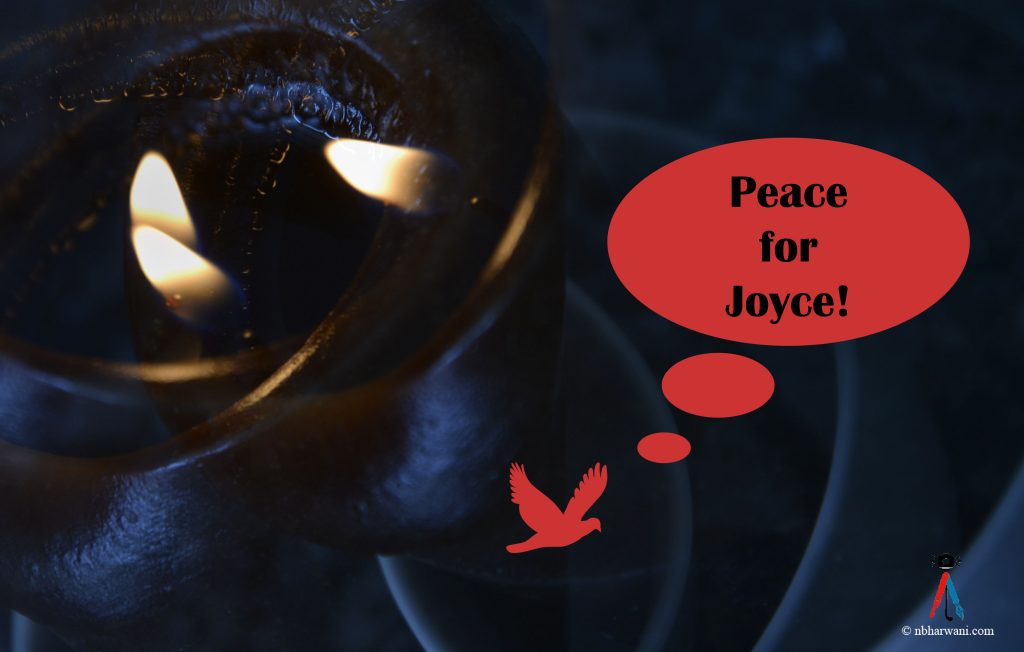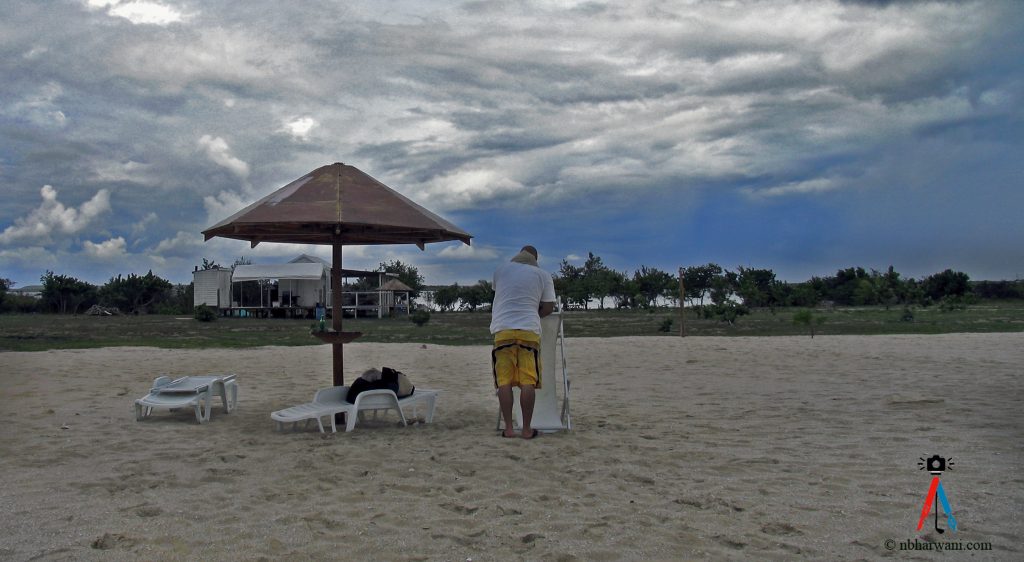“Our children are getting fatter. They eat more and move less,” says Diane Kelsall, MD, deputy editor, Canadian Medical Association Journal (CMAJ April 7, 2015), in an editorial titled, “How schools teach our children to be fat.”
The editorial goes on to say that nearly 85 per cent of children aged three to four years meet activity levels recommended in Canadian guidelines, but this falls to only four per cent in teens.
Unfortunately, most of our overweight or obese children will not outgrow their weight problem. That means they develop adult diseases like hypertension and diabetes. And our schools hinder the fight against obesity in our youth, says the editorial.
If you look at a typical day for our children when they are at school then you will understand why Dr. Kelsall feels our schools are doing a poor job of preventing obesity. She makes the following points:
- Our children’s school day starts early, often well before 9 am.
- They are likely driven or take the bus to school.
- They are tired when they arrive and sit for most of the day.
- Physical education classes are usually not required after grade nine.
- Lunch may be rushed, and food options available in the school may be high in fat or sugar.
- At lunch or after classes, some students may participate in sports, but most don’t.
- Students have hours of homework resulting in extended screen time.
- They go to bed late, and the cycle starts all over again.
No wonder nearly one-third of our school-aged children are overweight or obese. Our schools should be helping our children to be healthy and that should lead to healthy adulthood. How can schools do that? Dr. Kelsall suggests the following:
- Daily exercise should be mandatory for all school children. It should become part of daily life. Classes should include enough sustained, vigorous exercise to help students meet recommended activity levels, rather than the 20-minute requirement in some jurisdictions.
- Walking or cycling to school is a good start.
- Taking public transportation affords more opportunity for exercise than being driven by parents.
Lengthy sitting time has been shown to be a risk factor for early death in adults. The editorial says that a peek into most high school classrooms will show rows of students sitting for classes that are often 75 minutes in length, among the longest in the world. This sends the message that being sedentary is acceptable. Beyond physical education classes, getting students moving during school hours takes creativity.
We should do what Japan does. Make food education a part of the compulsory curriculum. We should encourage our kids to sleep early and get up early. Like adults, tired adolescents are at increased risk of obesity.
“Obesity is a complex disease and prevention requires multilevel intervention,” says Dr. Kelsall. It starts with the individual and family making good choices around exercise and food intake, but broader societal support is necessary. Our battle against smoking is slowly winning and message to people is clear – if you smoke then you kill yourself and hurt others. The message for obesity and overeating is the same – stop hurting yourself and the people you love.
Start reading the preview of my book A Doctor's Journey for free on Amazon. Available on Kindle for $2.99!



